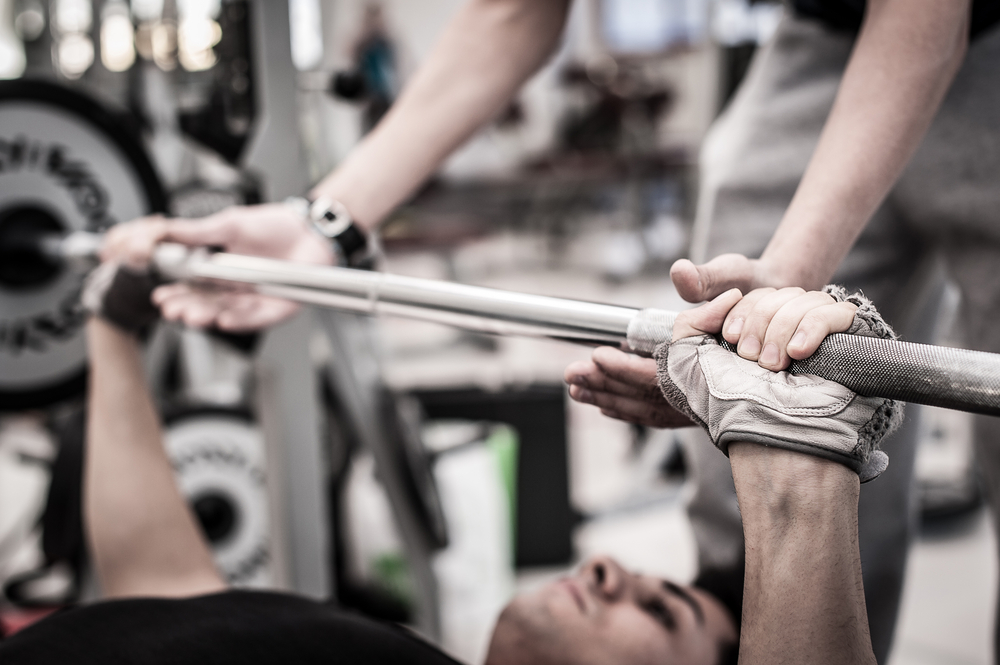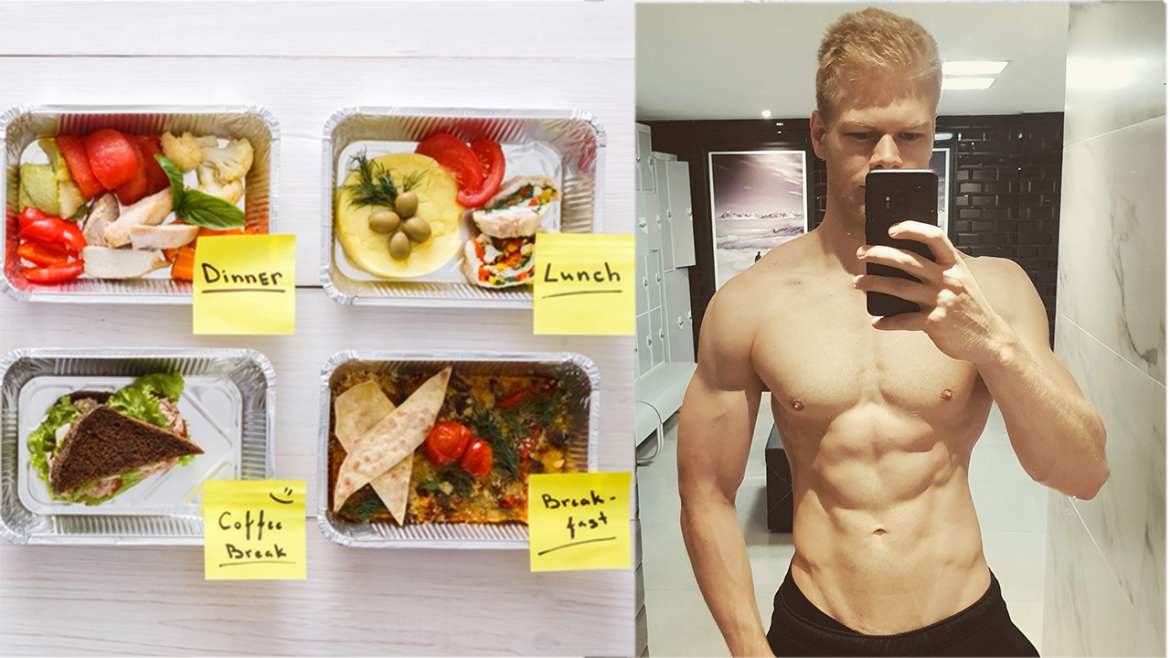Lifting form is just as important if not more important than any other part of your workout routine. So before you hit the gym, make sure you know a few general but vital aspects of correct lifting form.
Here are the 5 most important ones, in no particular order.
1. Correct Breathing
The worst mistake you can make here is holding your breath. Not only will this raise your blood pressure, it can cause dizziness and in severe cases you could even faint. Unfortunately, there are always some people at the gym, who despite the risk hold their breath for far too long and sometimes turn red in the process.
So how do you do it correctly?
Old bodybuilding advice is to inhale while lowering the weight and to exhale while lifting. Even though there is no scientific evidence that this strategy leads to better results, I still believe it is a good rule of thumb for helping you find a nice rhythm for your breathing.
If, for some reason, you don’t like doing it this way, just make sure to breathe naturally during your repetitions and avoid things like sudden changes your in breathing rhythm or even hyperventilating.
2. Controlled Movements
Another important aspect is to always use controlled movements when lifting the weight. Many beginners tend to jerk or bounce a dumbbell or barbell because it helps the lift heavier weight.
But doing this is not only more dangerous, it is also less effective. When you jerk the weight and use momentum to lift it, you don’t activate the specific muscle groups that the exercises is designed for. So there is really nothing to gain from doing it that way.
Also, don’t worry about time under tension. The term refers to how long the muscle is under strain during a set and some people will tell you to do super slow reps for better muscle engagement.
Even though a few studies suggest this to be true, the problem is that it comes at a huge trade off. If you do an exercise a lot more slowly than normal, you will have to use a lot less weight to still complete your set.
This goes against the concept of progressive overload, which is the primary driver of muscle growth. As a beginner you should focus on getting stronger in the main lifts and not worry about rep speed.
3. Good Posture
No matter the exercise, you always want to keep your core stabilized. For example, this means tightening your abs and back when doing squats or standing up straight and not hunched when performing the military press.
Please make sure that your head always forms a straight line with your spine. I know we all like to look at ourselves in the mirror when doing deadlifts, but when bringing your head up you create a lot of unwanted tension in your neck.
Another thing is to always place your feet firmly on the floor so you have a stable foot position. This is especially important when doing heavy squats and will definitely help you avoid injuries.
4. Full Range Of Motion
Only when you take advantage of the full range of motion will you achieve complete muscle activation. Doing just a part of the exercise motion will leave you prone to injuries in the portion that is never fully trained.
5. Consistency
And lastly, be consistent. Perfecting form takes time and everybody makes mistakes. Many beginners are afraid of using less weight in the beginning because they think it makes them look weak.
Don’t worry about that! I was in the same position and trust me, if you stick with a well-designed workout plan strength will come fast.
If you prioritize form over weight in the beginning, it will take only a few workouts to learn the proper movements. As you get more experienced, you will learn to do them subconsciously and won’t even have to think about it anymore.



